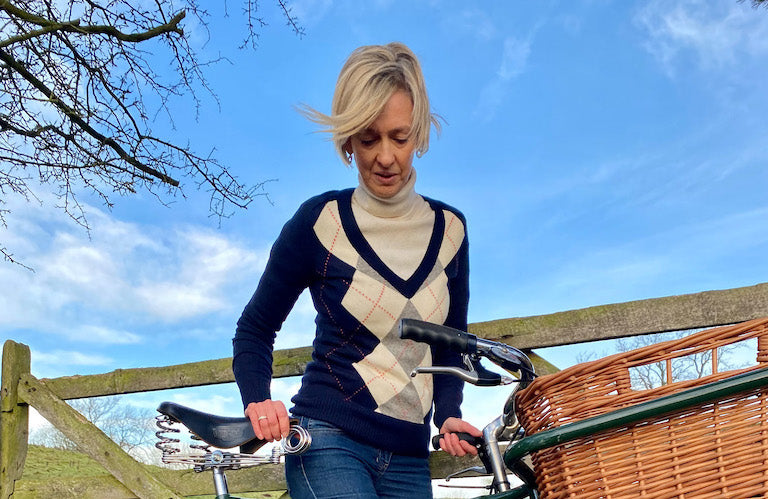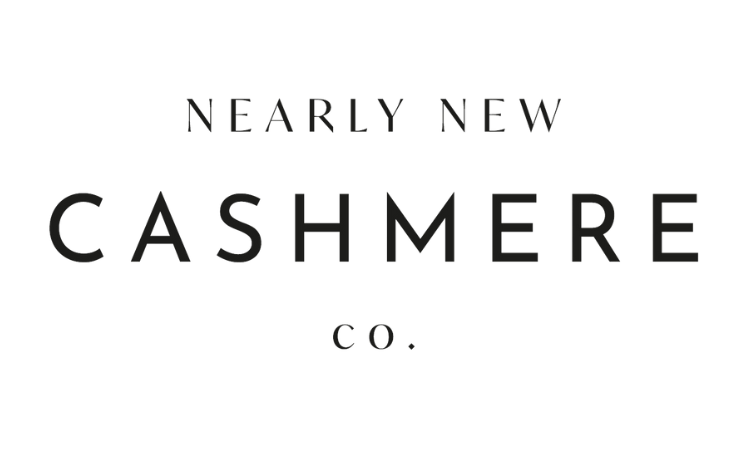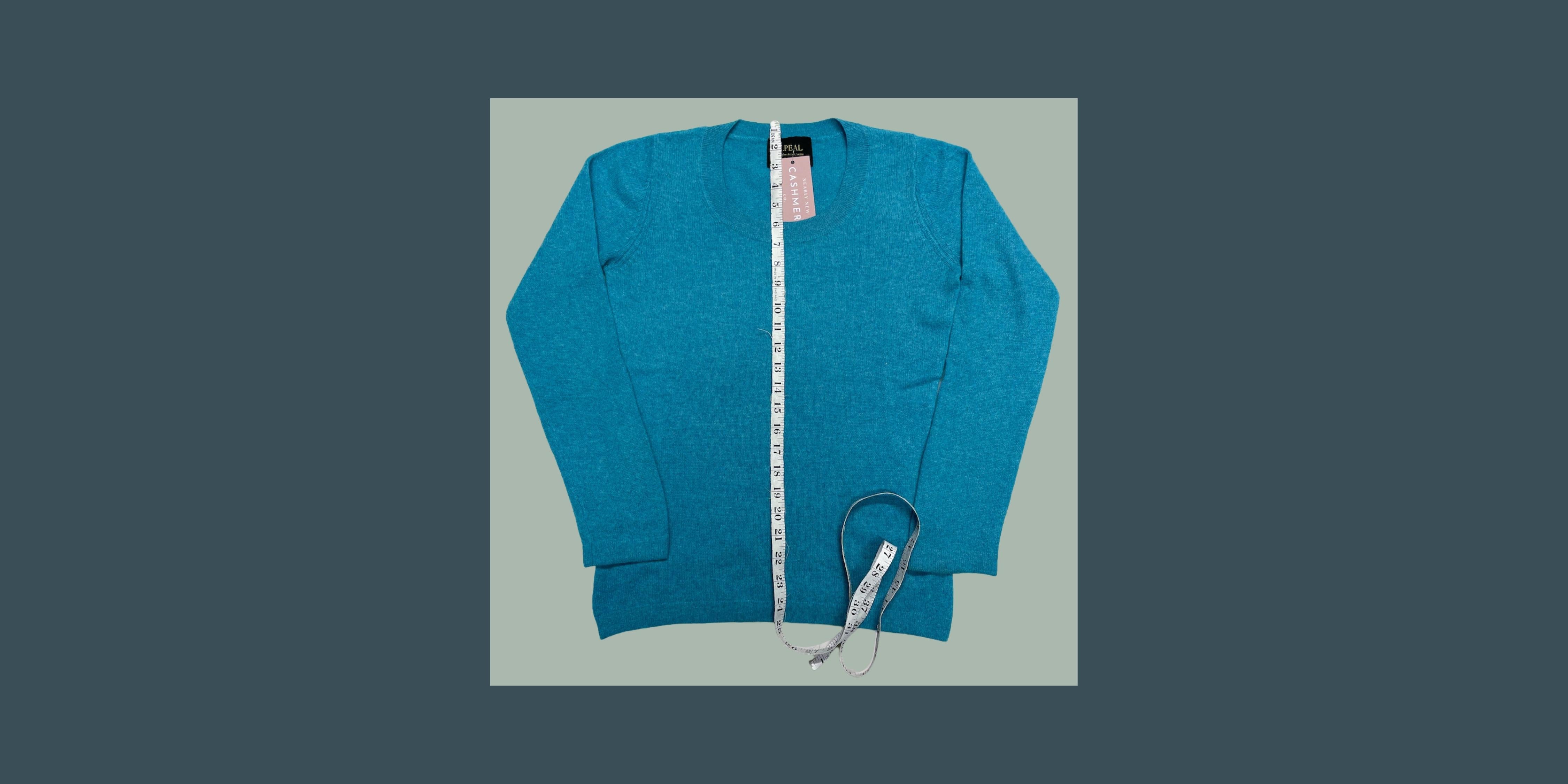
How to age a second hand cashmere jumper
HOW TO AGE A SECOND HAND CASHMERE JUMPER
With years of experience handling second hand cashmere, our team are professionals at estimating the age of a cashmere jumper. The very nature of our product means we are lucky enough to have a diverse range of brands from many different eras that make their way to Masham. Read on to find out ways to age a second hand jumper.

1980s
Indicators that a jumper is from this decade are bright colours, generous width of sleeves, a slightly batwing effect and let's not forget the padded shoulders. It was the decade of glitz and glamour, Princess Di and power suits.
1970s
A neat fitting jumper can reflect the 1970s. Close fitting garments were generally worn and people also tended to be slimmer than they are now. There were lots of diamond and jacquard knits; a Scottish made Men’s slim fitting argyle patterned jumper would be a typical piece of this decade.


1960s
There was a lot of tailoring in the 60s, cardigans were very popular, as were twin sets and turtlenecks. They were worn over tailored tweed skirts and with stirrup trousers. We know we have a 1960s cardigan by the height of the crew, they were always close to the neck and short at the waist. Very often 60s cardigans and jumpers had a traditional turn back cuff (remember those school jumpers in the sixties and seventies) and traditional cross grain ribbon to reinforce the buttons. In terms of sizing, if a jumper from the sixties says it is a size 14, chances are it is a current day size 10.
1950s
Think Grace Kelly, gingham checks, full skirts and silk headscarves. Cardigans were really short in length with three quarter sleeves, designed to be worn over full-skirted dresses. They often had collars and hyper-feminine details, such as embroidery or cutwork details. Sizing is tiny, we don’t often see a cardigan or jumper from this era that would fit larger than a current day UK 12.


1940s
Noticeable for their collars, sleeves that finish at the elbow and their universal good quality. Cashmere in the 40s was an expensive investment and was expected to last a lifetime. Generally made in Scotland and practical colours. Cashmere was less of a fashion item and more of a practical one, as post-war people were buying things to last. We’re thinking puff sleeves, collars, Vera Lynn, and baggy culotte trousers. The labels become less sophisticated and more reminiscent of an old name tape the further back you venture.
For further information on how to age a second hand cashmere jumper, watch Ali explain all here:
Some of our skill at ageing jumpers comes through our experience with cashmere, which can only come when you handle hundreds of jumpers a day like we do. There are also exceptions to these rules as it is a complicated thing, but we do hope this has been helpful.
If any of your jumpers have several of these features listed above, then you may just have a lovely vintage cashmere jumper on your hands! If you don’t, may I suggest a wonderful business that might be able to help…. Despite the desirable nature of vintage cashmere, our jumpers, more often than not, stay at a similar price to the others.




Leave a comment
This site is protected by hCaptcha and the hCaptcha Privacy Policy and Terms of Service apply.